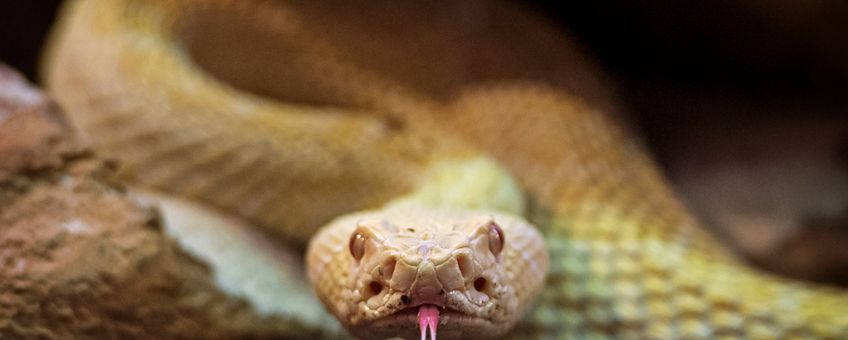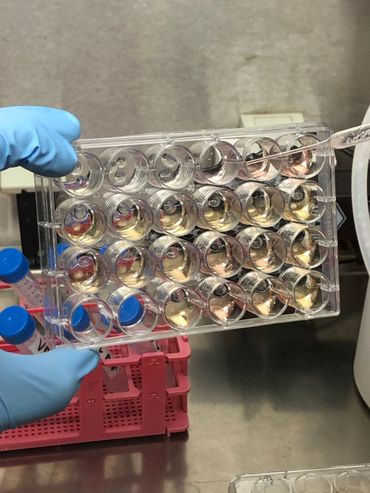
Culturing mini venom glands in a laboratory
Naturalis Biodiversity CenterSnake venom is a mix of dozens of toxic substances, which are also referred to as toxins. This venomous cocktail is highly intriguing. On one hand, it can have a devastating effect on the body if it ends up there through a snakebite. More than 100,000 people die each year as a result of a snakebite, and another 400,000 people suffer permanent injury. On the other hand, the toxins in snake venom can be an important source of new medicines.
Mini organs
We still have a lot to learn when it comes to the production and supply of (snake) venom toxins, the organization of toxin-producing cells, and other factors that influence venom composition. To study this, scientists managed to produce ‘organoids’ of the venom glands of snakes. Organoids can be seen as mini-organs cultured in a laboratory. A team of scientists led by professors Hans Clevers and Freek Vonk managed to culture these miniaturized venom glands from snakes just over a year ago. The cultured mini glands are derived from venom gland stem cells and are capable of producing venom.
New drugs

Thanks to these organoids, the molecular processes that occur in the venom gland during the production of venom can now be studied in a more straightforward manner for the first time. Furthermore, by studying these organoids, we can obtain further insight into the evolution and development of venom glands. The organoids also provide possibilities to develop new medicines and, perhaps more importantly, have the potential to improve current snakebite treatments.
The secret
Professor Clevers’ research team is currently creating a collection of these venom gland organoids from as many different snake species as possible. In a recent article published in the renowned scientific journal Nature Protocols, the team precisely explained the secret that allows them to grow these venom glands in the laboratory.
All in all, they cultured the venom glands of ten different venomous snake species, including well-known species such as the western diamondback rattlesnake and several species of cobra. With this, the team has demonstrated that it has the potential of culturing the organoids of possibly hundreds of venomous snake species, and in the future, perhaps even organoids from other venomous animal lineages too. The next challenge is obtaining all the necessary material and, of course, selecting the most interesting animals for follow-up research.
More information
The full article can be read here: Derivation of snake venom gland organoids for in vitro venom production published in Nature Protocols.
Text: Mátyás Bittenbinder, Naturalis Biodiversity Center
Photos: Marten van Dijl (lead photo: western diamondback rattlesnake); Mátyás Bittenbinder, Naturalis Biodiversity Center
